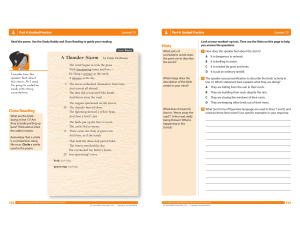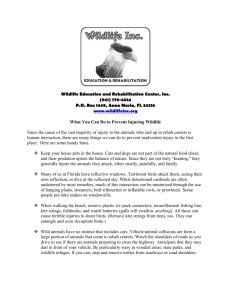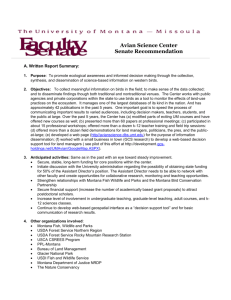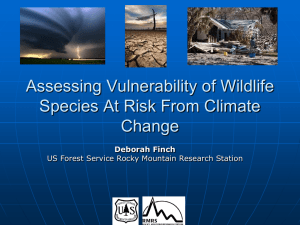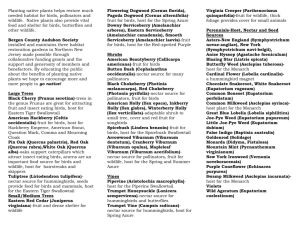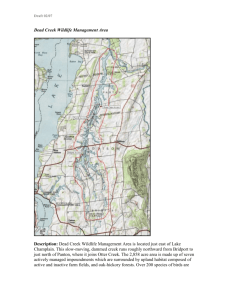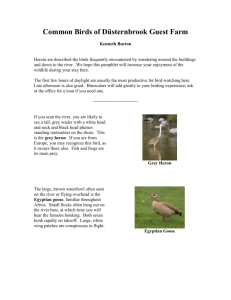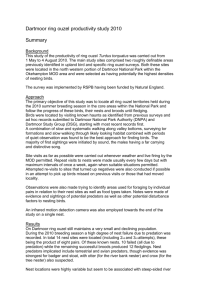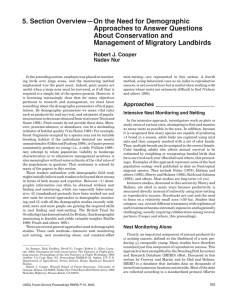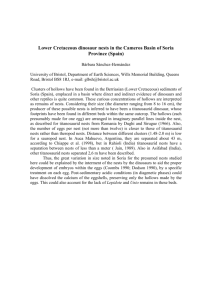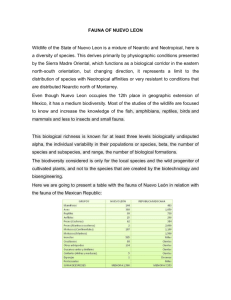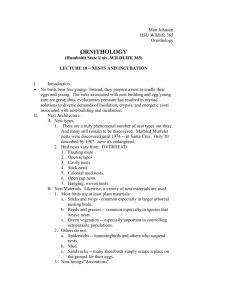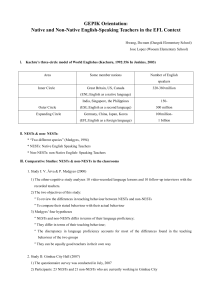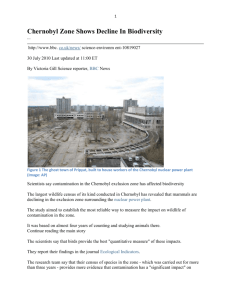Adam Mitchell - University of Montana
advertisement
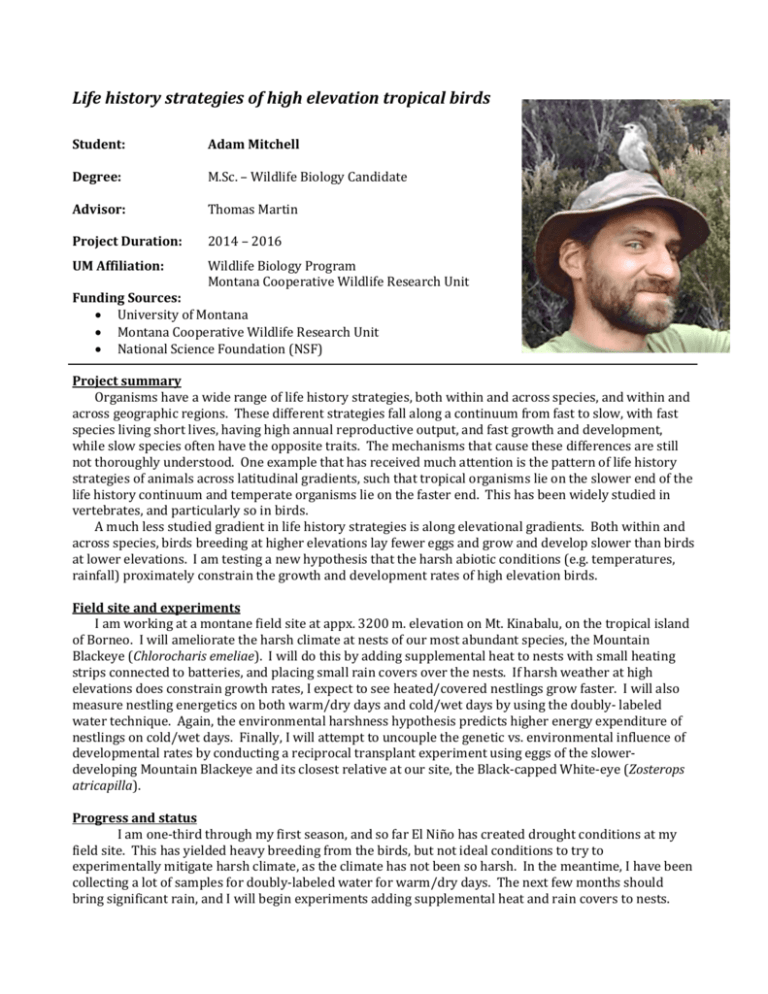
Life history strategies of high elevation tropical birds Student: Adam Mitchell Degree: M.Sc. – Wildlife Biology Candidate Advisor: Thomas Martin Project Duration: 2014 – 2016 UM Affiliation: Wildlife Biology Program Montana Cooperative Wildlife Research Unit Funding Sources: University of Montana Montana Cooperative Wildlife Research Unit National Science Foundation (NSF) Project summary Organisms have a wide range of life history strategies, both within and across species, and within and across geographic regions. These different strategies fall along a continuum from fast to slow, with fast species living short lives, having high annual reproductive output, and fast growth and development, while slow species often have the opposite traits. The mechanisms that cause these differences are still not thoroughly understood. One example that has received much attention is the pattern of life history strategies of animals across latitudinal gradients, such that tropical organisms lie on the slower end of the life history continuum and temperate organisms lie on the faster end. This has been widely studied in vertebrates, and particularly so in birds. A much less studied gradient in life history strategies is along elevational gradients. Both within and across species, birds breeding at higher elevations lay fewer eggs and grow and develop slower than birds at lower elevations. I am testing a new hypothesis that the harsh abiotic conditions (e.g. temperatures, rainfall) proximately constrain the growth and development rates of high elevation birds. Field site and experiments I am working at a montane field site at appx. 3200 m. elevation on Mt. Kinabalu, on the tropical island of Borneo. I will ameliorate the harsh climate at nests of our most abundant species, the Mountain Blackeye (Chlorocharis emeliae). I will do this by adding supplemental heat to nests with small heating strips connected to batteries, and placing small rain covers over the nests. If harsh weather at high elevations does constrain growth rates, I expect to see heated/covered nestlings grow faster. I will also measure nestling energetics on both warm/dry days and cold/wet days by using the doubly- labeled water technique. Again, the environmental harshness hypothesis predicts higher energy expenditure of nestlings on cold/wet days. Finally, I will attempt to uncouple the genetic vs. environmental influence of developmental rates by conducting a reciprocal transplant experiment using eggs of the slowerdeveloping Mountain Blackeye and its closest relative at our site, the Black-capped White-eye (Zosterops atricapilla). Progress and status I am one-third through my first season, and so far El Niño has created drought conditions at my field site. This has yielded heavy breeding from the birds, but not ideal conditions to try to experimentally mitigate harsh climate, as the climate has not been so harsh. In the meantime, I have been collecting a lot of samples for doubly-labeled water for warm/dry days. The next few months should bring significant rain, and I will begin experiments adding supplemental heat and rain covers to nests.


